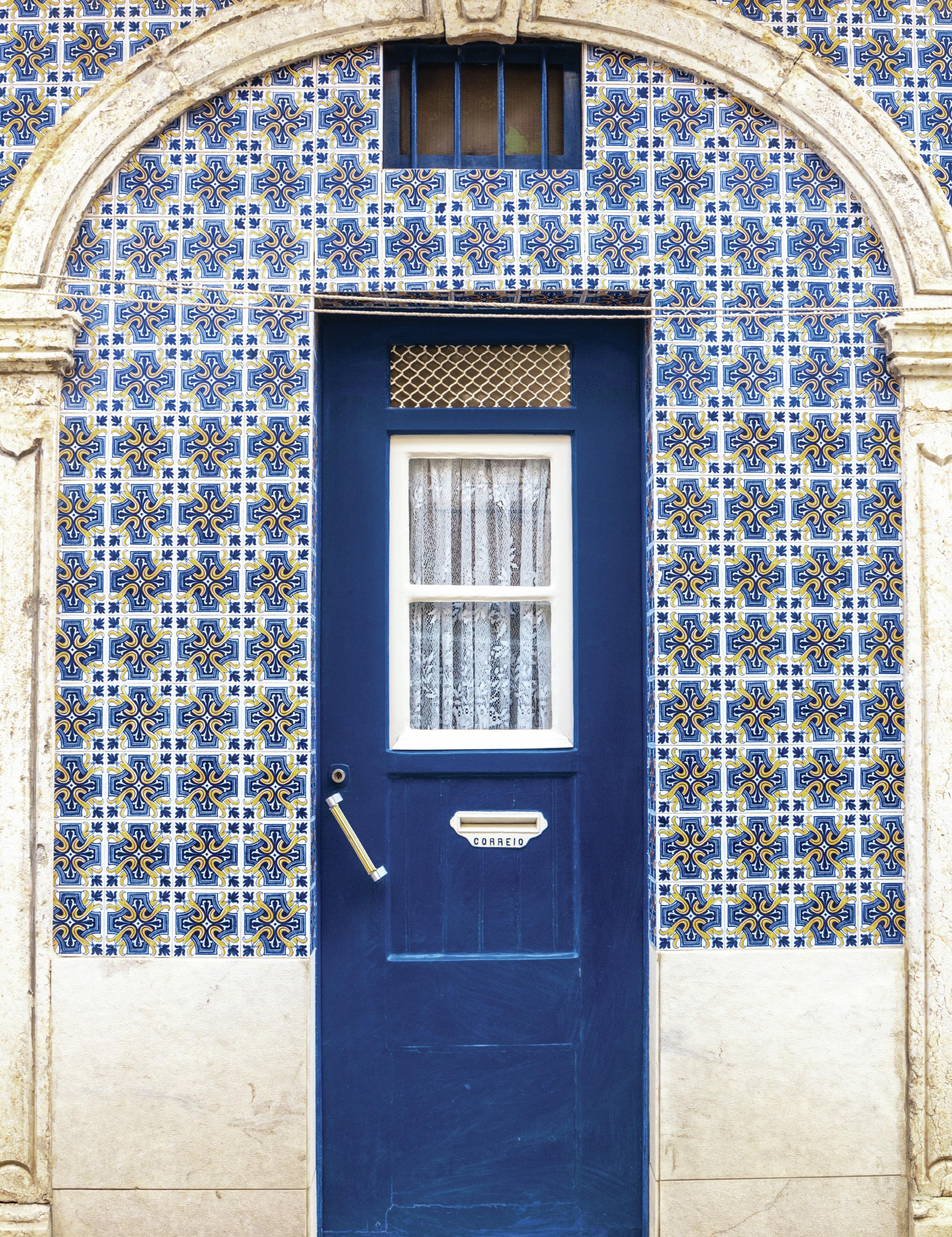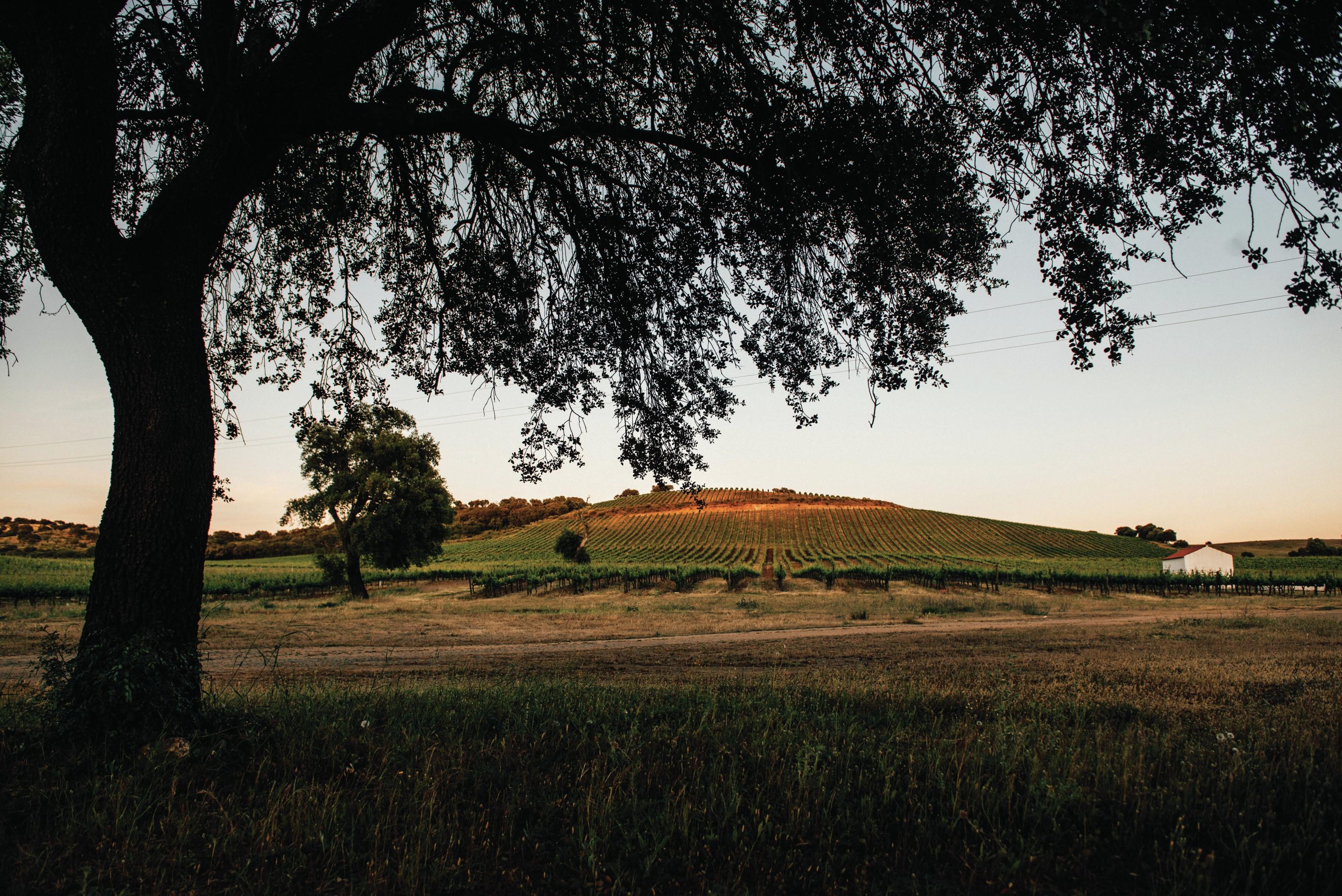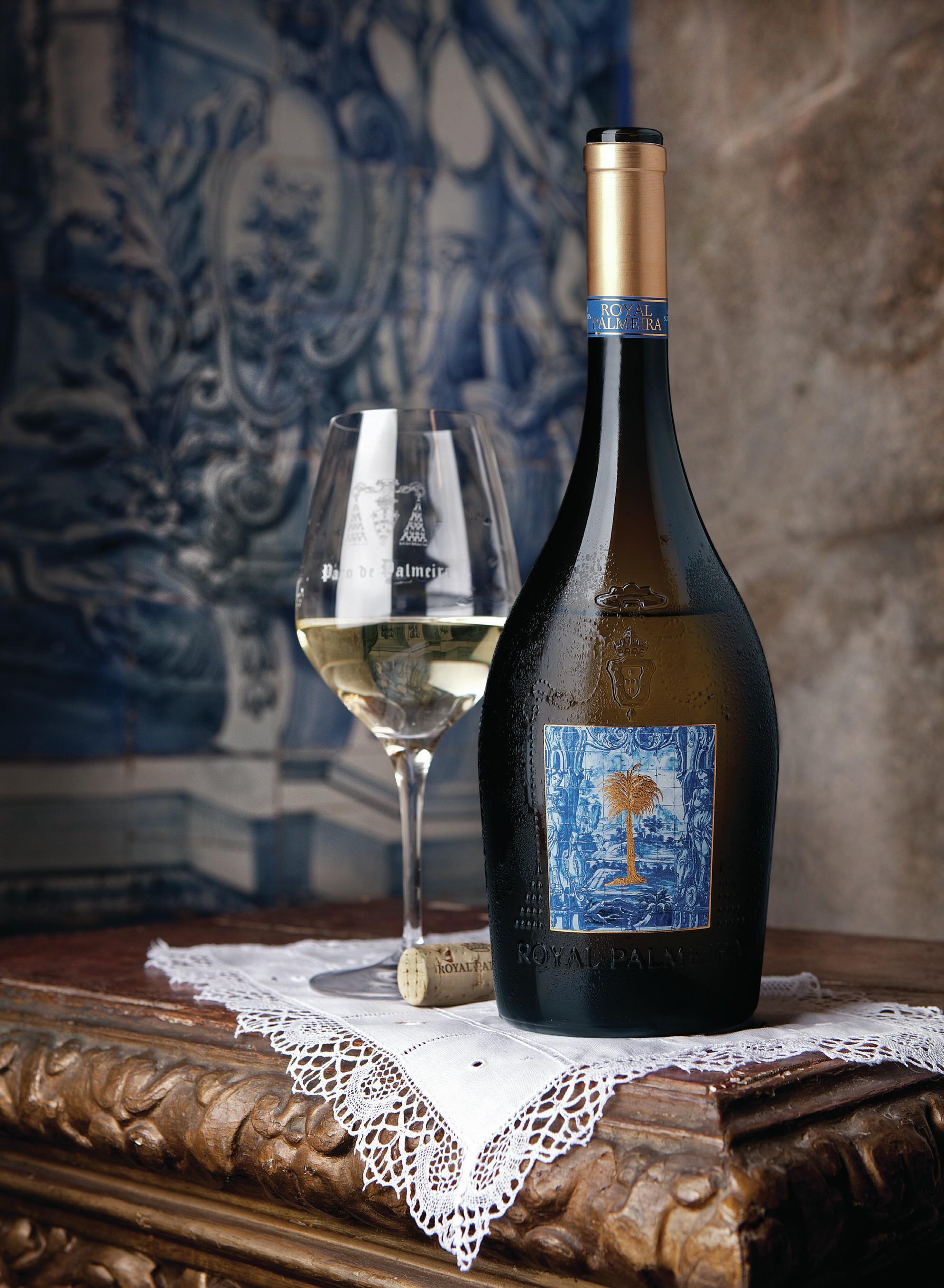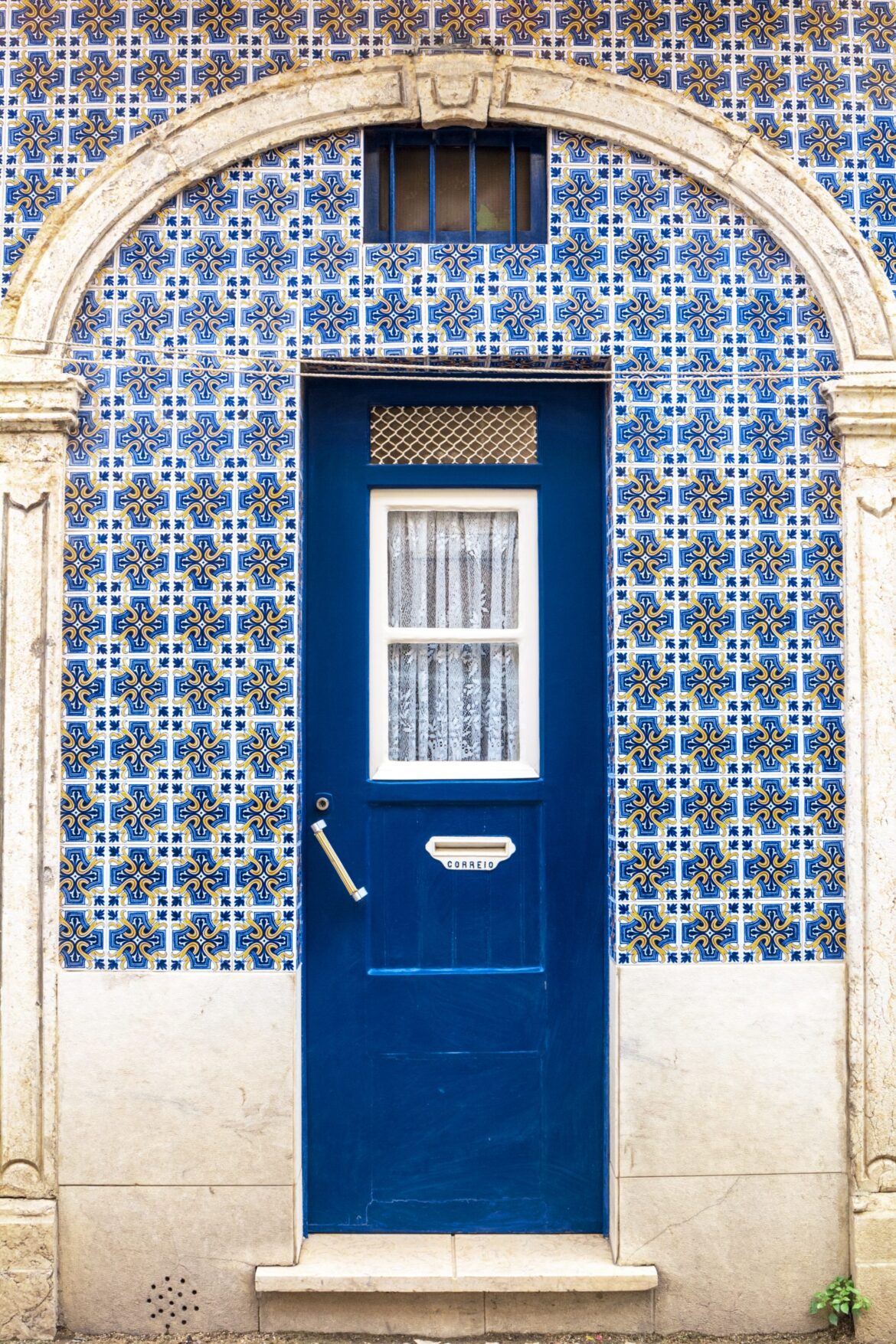Lesser-known winemaking regions in Portugal are opening the door to new consumers and unexplored markets, writes Gabriel Stone.

Like a great wave off the Nazaré shore, Portuguese wine appears to have thrilling momentum right now. Despite the lack of a regional household name like Bordeaux or Rioja – although Port brings a certain, albeit fortified, cachet – this country’s table wines are flowing into every channel. What’s more, whether on supermarket shelf or tasting menu, this Portuguese offer spans a host of regions and grape varieties that might sweepingly be described as “lesser-known”. What’s sparked this adventurous spirit?
“Portugal is producing some brilliant wines at the moment that deliver outstanding value pound for pound,” observes Jane Masters MW, buying manager at Majestic Wine. With a portfolio that extends far beyond the relatively well-trodden Douro and Vinhos Verdes into regions like Dão, Tejo and Setúbal, Masters picks out the largely Lisbon-sourced LB7 range as “our top seller in the category”
Strong fit
Indeed, she highlights this country as a strong fit for Majestic’s wider mission, explaining: “We’re passionate about helping our customers discover high-quality wines with great stories from smaller, under-represented regions, and the work we do in Portugal is a really good example of that.”
It’s an ethos that has traditionally been the turf of smaller, independent retailers. Here too, Portugal is generating a buzz. “Portugal is a perfect fit for indies, because the wines need a bit of explaining – discounting does not sell them,” explains Philip Amps, managing director of Amps Wine Merchants in Northamptonshire.
That appeal has only grown with improvements to the quality of these wines, which Amps finds “are now less rustic and much more approachable, whilst retaining their regional personality.” In the wake of a recent sell-out Portuguese tasting for customers, where a sparkling wine emerged among the best sellers, Amps suggests that the country’s blend of individuality with classicism is a real strength. “Possibly the most exciting part of Portugal is the fact that many of the wines are produced from non-international varieties so the flavours are different but not quirky,” he explains.
World of difference
That assessment chimes perfectly with the country’s “world of difference” generic tagline. “Where else can you find wines of rare grape varieties, wines made with blends of more than 30 varieties, from very old vineyards?” asks Frederico Falcão, chairman of the ViniPortugal board. Pointing to the additional stylistic diversity found between regions as distinct as Vinho Verde, Dão and Alentejo, he concludes: “It’s this richness of Portuguese wines that keeps driving our momentum.”
There’s one additional factor that completes this sturdy tripod of quality and personality: tourism. “With so many people now holidaying in Portugal, all regions are requested in the shop,” comments Amps.
His report confirms an assertion echoing across the Portuguese corner of the wine trade. Tiago Caravana, marketing director at the Alentejo Wine Commission, cites tourism as playing a “crucial” role in the region’s near doubling of UK exports over the last five years. “Visitors to Alentejo consistently rate our wine and food experiences among the highlights of their trip,” he reports. “Many return home as ambassadors of the region, driving word of mouth and expanding our international footprint organically.”
Historic shipper
One company that is particularly well-placed to capitalise on this development both in Portugal and in those visitors’ domestic markets is The Fladgate Partnership. Since opening luxury hotel The Yeatman back in 2010, this historic Port shipper has expanded its hospitality footprint to become a major player in the country’s modern-day tourism boom. That experience has now in turn prompted a further strategy shift, propelling the firm towards long-resisted expansion into table wine with the 2023 acquisition of Ideal Drinks.
“Visitors here are looking for fine wines,” confirms CEO Adrian Bridge, who has witnessed this demand both from a hotelier’s perspective and as distributor for other producers through a further Fladgate subsidiary, Heritage Wines.
Now that the group has its own table wine production in the Minho, Dão, Bairrada and, following the 2024 purchase of Quinta do Portal, the Douro, it can take direct advantage of this opportunity. “Still wine will be one-sixth of our Port business this year, but we expect it to grow fairly swiftly,” predicts Bridge.
While a firm fan of Portugal’s local grapes – “aged Loureiro is like Burgundy; it’s extraordinary” – Bridge also sees an important role for more globe-trotting varieties. “An international consumer who doesn’t know Portuguese wines will try a Pinot Noir,” he observes. “That stepping-stone has been very important.”

Many colours: Herdade do Rocim in Alentejo’s Vidigueira hills makes red, white and rosé wines
Early success
This early success and further growth potential for table wine at a time when Port feels more constrained seems to make Bridge’s original concern about competing with the fortified core of his business feel less pressing. Although he presents the Quinta do Portal acquisition as providing an entirely separate supply of Douro table wine grapes to that of Fladgate’s Port brands, that distinction looks set to blur. “I think we will also end up making table wine at Vargellas,” reveals Bridge, referring to one of the top estates in the Taylor’s stable.
He positions the move not as a sign of diminishing demand for high-end Port, but as a result of the controversial beneficio quota system, which limits production of the Douro’s most famous export. “A grade A vineyard might be able to make 35% of its production into Port,” Bridge explains.
Replicating the model
One major Port producer that has been making Douro DOC table wine for 26 years now is Symington Family Estates. Now the company is keen to replicate that model in other corners of Portugal. It took its first step in this direction with the 2017 purchase of Quinta da Fonte Souto in Alentejo.
“Originally, we thought it would be mostly reds, but the whites have really caught our attention,” reports market manager Anthony Symington. Indeed, he confirms that the team has already doubled the original hectarage of white varieties, which include Arinto and Verdelho. That has come partly at the expense of Cabernet Sauvignon, “which is rubbish, really bad”, according to Symington, although Syrah “works really well”.
Then there’s star Portuguese red grape Touriga Nacional. “I suppose it’s bringing a bit of the Douro down there, but it’s really distinct in terms of climate,” insists Symington. “We’re not trying to make a Douro wine there, but we do bring our centuries of Douro expertise.”

Palme d’Or: The Fladgate Partnership’s table wine stable includes Royal Palmeira
Despite being a region that’s still widely associated with cheaper, rich red wines, Alentejo has clearly fired a very different ambition for the Symingtons. Having released the debut vintage of Taifa, Fonte Souto’s top-tier white, as recently as 2023, Anthony Symington comments: “Our pitch is for it to be considered the best white wine in Portugal.”
The rest of the world may only just be waking up to the exciting quality of Portuguese wine but, armed with star producers such as Luís Pato in Bairrada and Rui Madeira in Beira Interior, UK importer Raymond Reynolds has been spreading this gospel for decades.
Surge of interest
Although heartened by the current surge of interest, Reynolds is concerned that short-term opportunism may come at the expense of securing long-term awareness of the serious quality available. “The ‘great value’ tag is a curse that puts you in the zero-sum game,” he warns, linking much of the current commercial excitement around Portugal to “retailers scrambling to list because the profiles and styles are exciting, less predictable, on the edge and cheapish”.
In Reynolds’ view, that scenario is “good for the focus on Portugal, but bad for where the real, sustainable quality is coming from.” What’s more, as many other wine regions can testify, he observes: “This is a trend now, but as soon as the next one pops up, Portugal risks sliding back into anonymity.”
So how can the country avoid losing this hard-won territory?
“For sustained presence and quality perception, there is even greater need for narratives about why Portugal can now offer exciting, high-quality wines at still ‘affordable’ prices,” argues Reynolds. “For us, the £15–£30 RRP is the key sustainable zone, where Portugal is flourishing in its offerings.”
With no shortage of compelling narratives within his own portfolio, Reynolds believes they have finally caught the audience’s attention. “Call it prescient,” he concludes, “but what we witness now is the solid beginnings of this realisation and recognition in the market.” This Atlantic country should be more aware than most that the next big, tempting wave is never far behind.
Portugal has done a good job of convincing people to surf this one; now it needs to give them the ride of their lives.

